14 Traditional Middle Eastern Dishes to Experience at Home
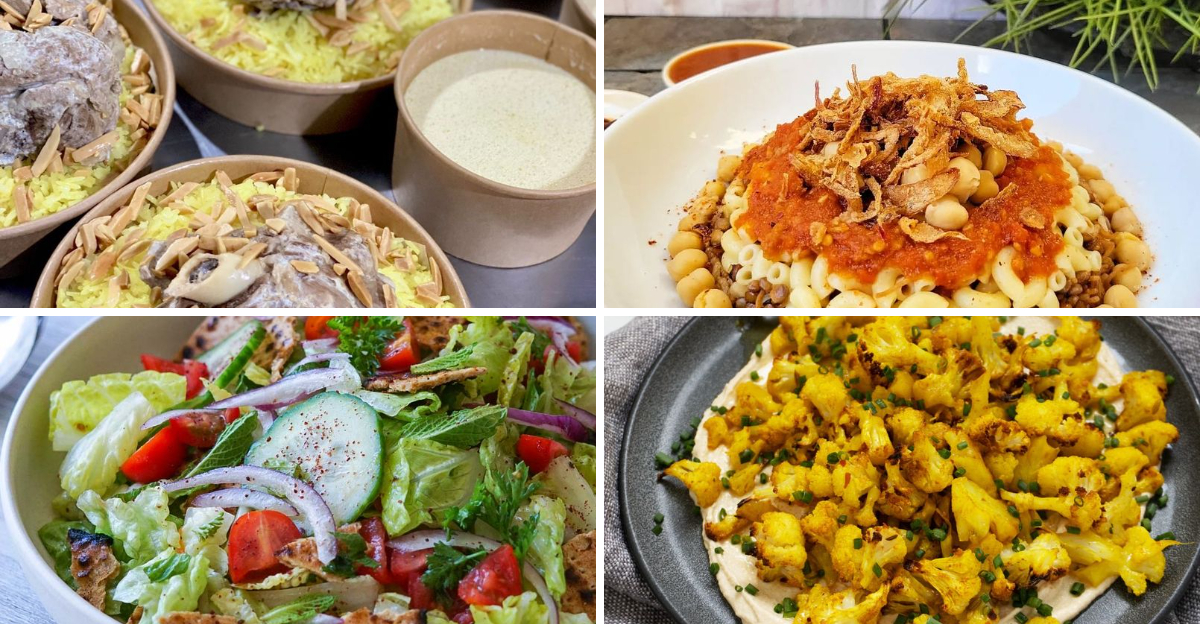
Explore the diverse flavors of the Middle East with these 14 traditional dishes you can make at home. Each dish carries a different taste and cultural significance, offering a rich culinary journey through this region. From aromatic stews and grilled meats to refreshing salads and flavorful rice dishes, these meals introduce a world of bold spices and wholesome ingredients. Trying these meals allows you to experience the essence of Middle Eastern hospitality and cuisine.
1. Kibbeh
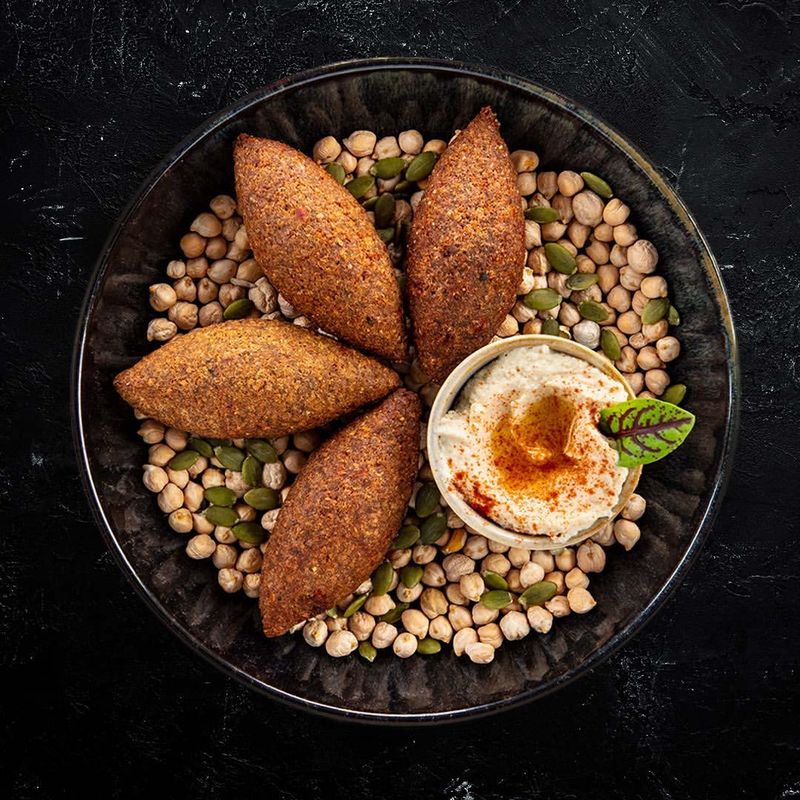
Kibbeh, often considered the national dish of Lebanon, is a delightful combination of bulgur wheat and minced meat, typically beef or lamb. The exterior is crispy, while the interior remains succulent and flavorful. Making kibbeh requires precision in forming the dough into oval shapes. A tip is to keep your hands moist to prevent sticking. Accompany this dish with a side of tahini sauce to enhance its flavors. For a variation, try baking kibbeh rather than frying, offering a different texture. This dish not only satisfies hunger but also showcases the beauty of Middle Eastern culinary traditions.
2. Fattoush
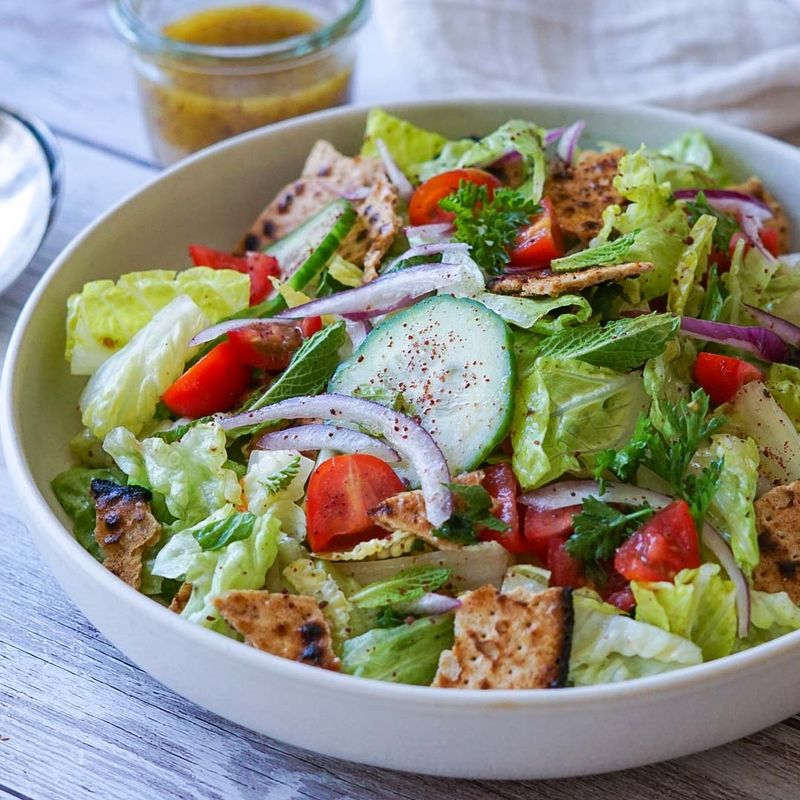
Fattoush is a vibrant Levantine salad that combines fresh vegetables like tomatoes, cucumbers, and radishes with toasted pieces of pita bread. The key to a nice fattoush is in the dressing, which typically includes olive oil, lemon juice, and sumac. Sumac adds a tangy and slightly sour taste that complements the freshness of the vegetables. To keep the pita chips crunchy, add them just before serving. For an added punch, sprinkle some pomegranate seeds on top. This salad is a refreshing start to any meal and that shows a dish from Middle Eastern cuisine.
3. Shakshuka
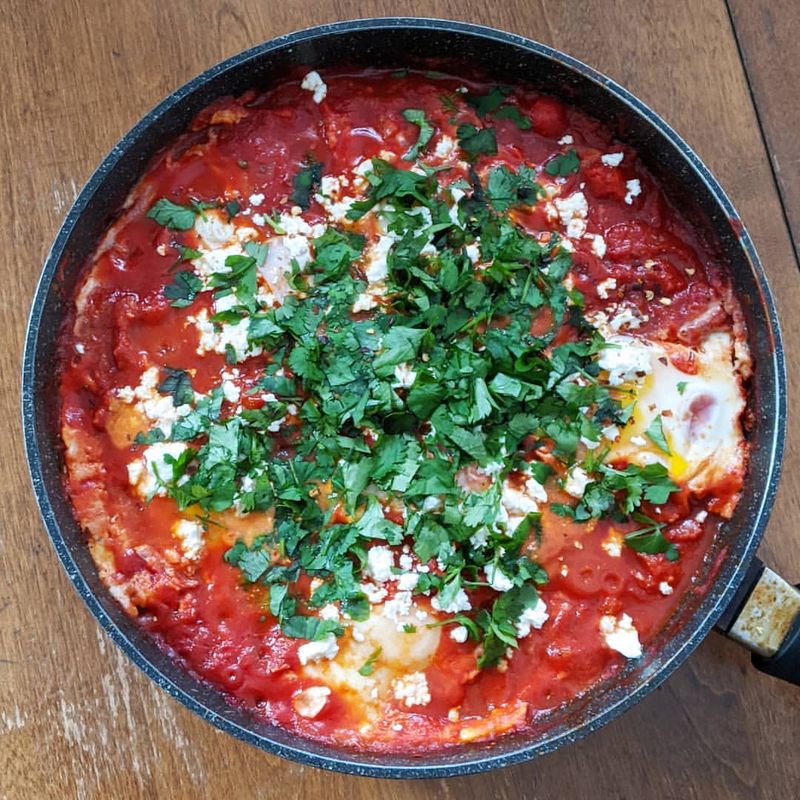
Shakshuka is a popular breakfast dish across the Middle East, featuring poached eggs in a rich tomato sauce spiced with cumin and paprika. The sauce’s deep flavors are achieved by slowly simmering tomatoes, bell peppers, and onions. Adding a pinch of sugar can balance the acidity. Ensure the eggs are cooked to your liking by covering the skillet. Serve shakshuka with crusty bread to soak up every bit of the sauce. This dish is not only a morning staple but also suitable for any meal when you’re craving something hearty with a touch of spice.
4. Mansaf
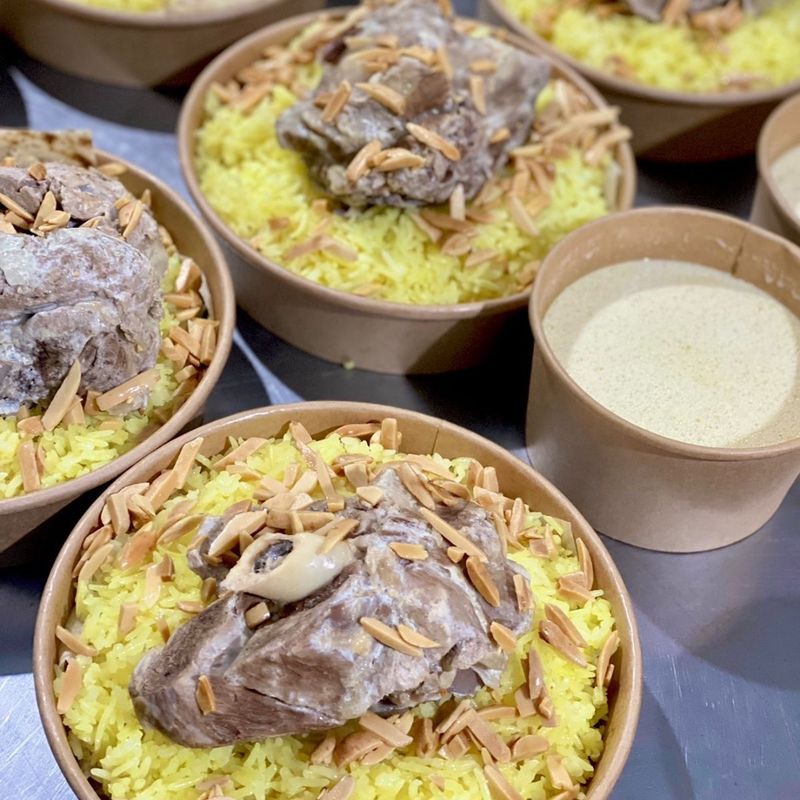
Mansaf is the national dish of Jordan, liked for its rich flavors and communal dining experience. It features tender pieces of lamb cooked in a sauce made from jameed, a type of fermented dried yogurt. The lamb is served over a bed of rice, often garnished with almonds and parsley. Preparing mansaf involves slow-cooking the lamb until it falls off the bone, ensuring it absorbs the creamy, tangy sauce. Traditionally, it’s enjoyed with hands, emphasizing the dish’s communal aspect. Whether served at a special gathering or a casual dinner, mansaf provides a taste of Jordanian hospitality.
5. Falafel
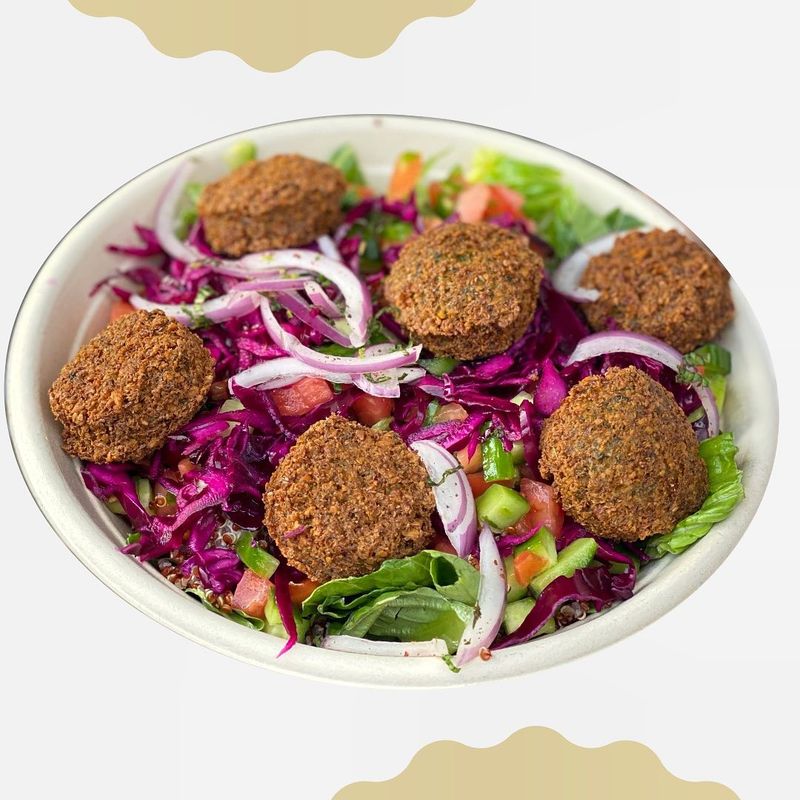
Falafel is a beloved street food throughout the Middle East, made from ground chickpeas or fava beans mixed with herbs and spices. These fried balls are crispy on the outside and soft inside. The key to a delicious falafel is in the seasoning—cumin, coriander, and parsley are a must. For best results, use dried chickpeas soaked overnight. Serve falafel with hummus or in a pita wrap with salad. Whether as a snack or part of a meal, falafel offers a taste of Middle Eastern street food culture. Making them at home brings the market experience to your kitchen.
6. Muhammara
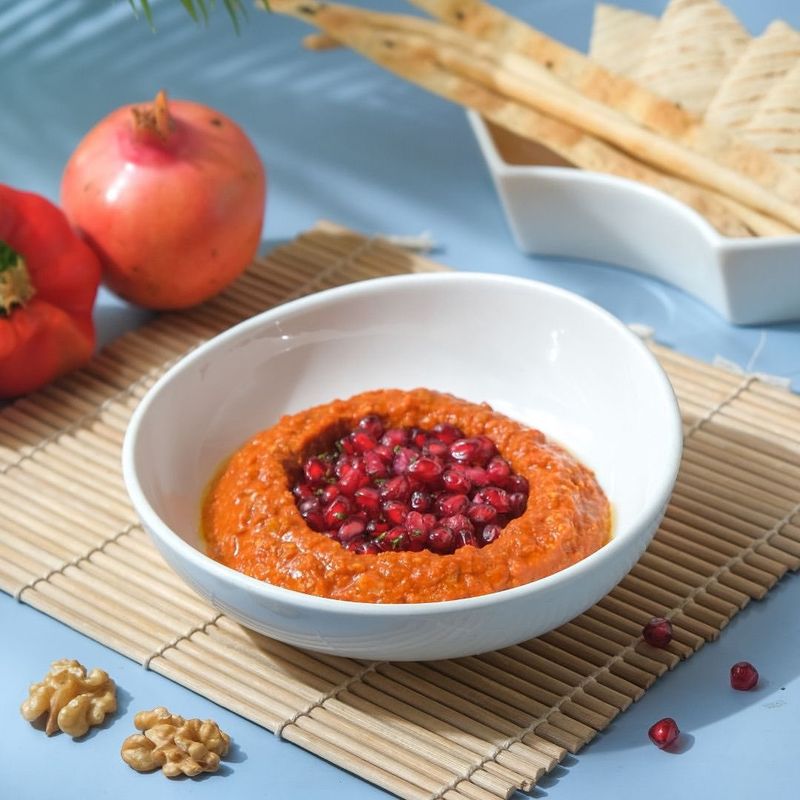
Muhammara is a flavorful dip from Aleppo, Syria, made primarily from roasted red peppers and walnuts. It’s seasoned with garlic, lemon juice, and olive oil, making a complex taste profile. Pomegranate molasses provides a sweet and tangy undertone. Roasting the peppers enhances their sweetness, while blending ensures a smooth texture. Serve muhammara with warm pita or use it as a sandwich spread. This dip is a nice addition to any mezze platter and offers a peek into Syrian flavors. It’s a dish that invites you to explore bold tastes in a simple, homemade form.
7. Tabbouleh
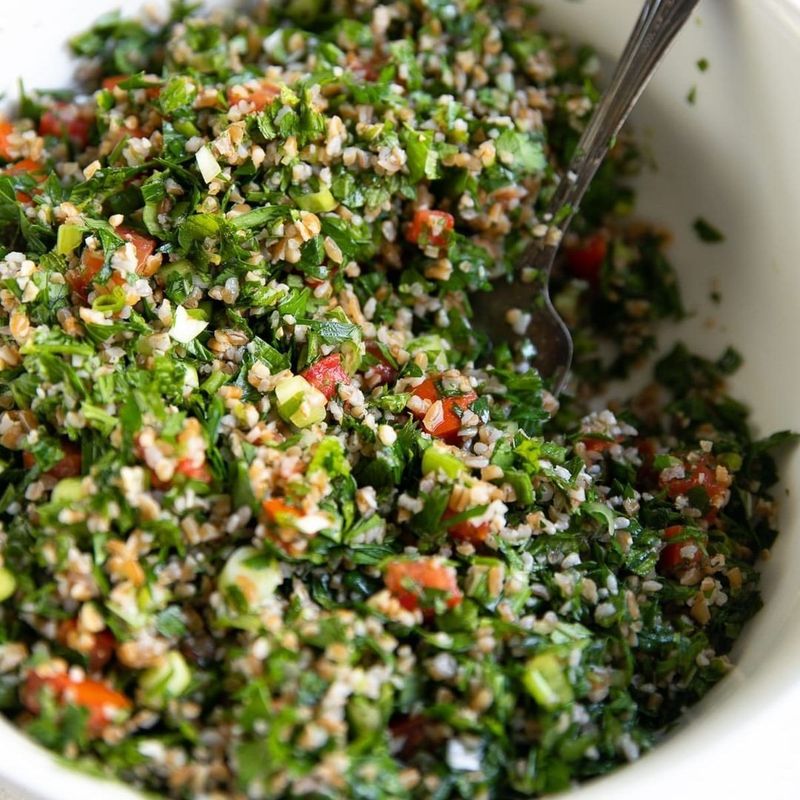
Tabbouleh is a refreshing salad that originates from the Levant region, primarily made of parsley, tomatoes, and bulgur wheat. The salad is seasoned with lemon juice and olive oil, which brings out the freshness of the ingredients. The key to tabbouleh is finely chopping the parsley and mint, which makes a vibrant and fluffy texture. Allowing the salad to sit for a few minutes before serving helps the flavors meld together. Tabbouleh is often served as part of a mezze assortment, providing a light and healthy option that pairs well with richer dishes.
8. Baba Ghanoush
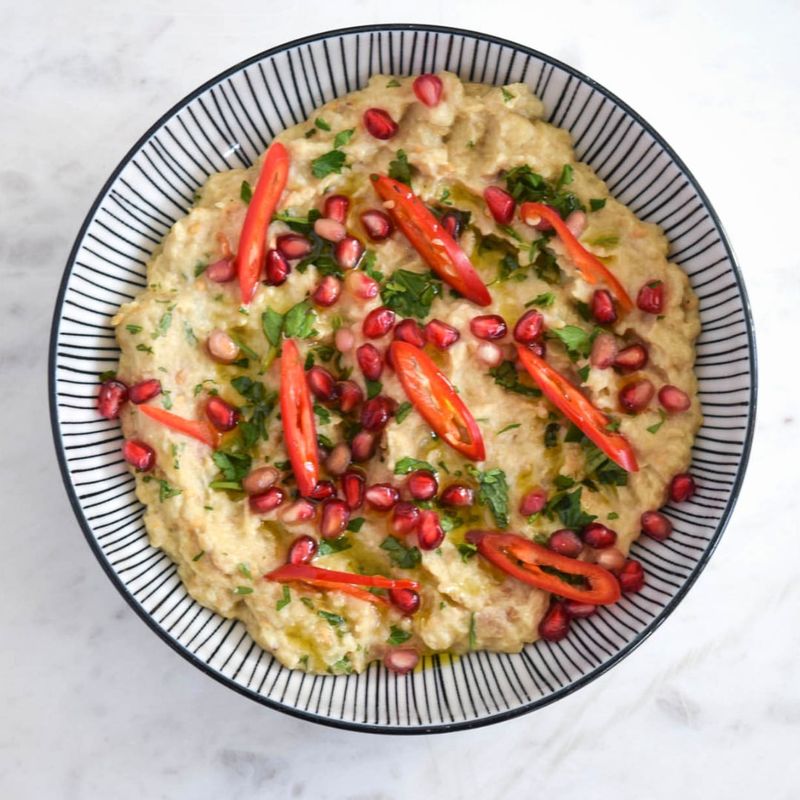
Baba ghanoush is a smoky eggplant dip that is popular throughout the Middle East. The key to its flavor is grilling or roasting the eggplants until the skin blisters and the flesh becomes tender. Once peeled, the eggplant is mixed with tahini, garlic, and lemon juice. The creamy consistency contrasts with the smoky flavor, making it a versatile dip. Serve baba ghanoush with a drizzle of olive oil and warm pita. It’s an ideal appetizer or side dish that complements a variety of meals. This dip showcases the humble eggplant in a delicious way.
9. Koshari
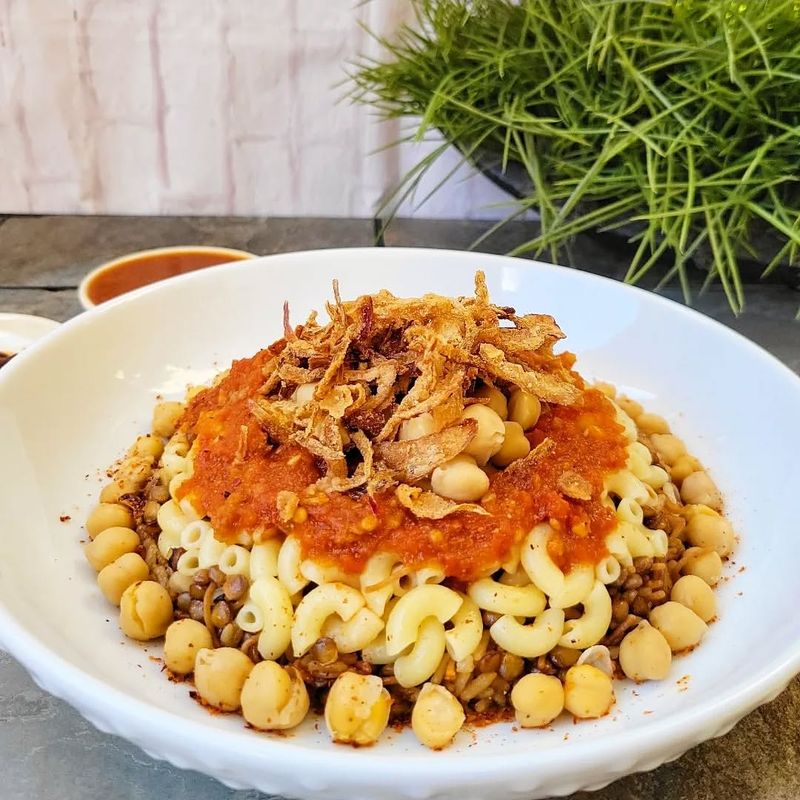
Koshari is a hearty Egyptian street food that layers rice, lentils, chickpeas, and pasta, topped with a spicy tomato sauce and crispy onions. Each layer contributes texture and flavor, making it a satisfying meal. The tomato sauce, spiced with garlic and lemon juice, adds zest. Preparing koshari involves cooking each component separately, then assembling just before serving. This dish is not only filling but also economical. Serve with a side of extra sauce for those who enjoy heat. Koshari is a Egypt’s resourceful and flavorful cuisine, offering comfort and taste in every bite.
10. Maqluba
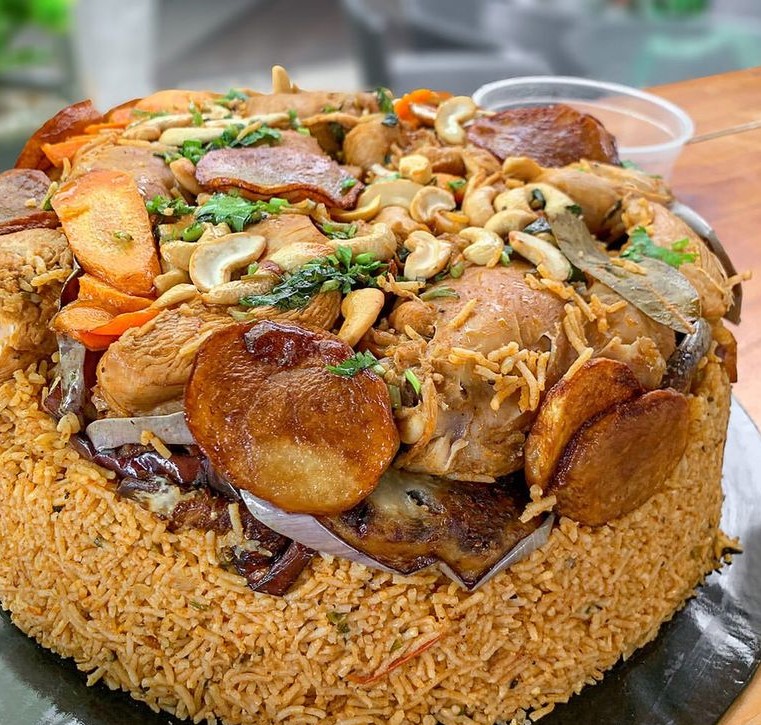
Maqluba, meaning “upside down,” is a traditional dish from the Levant that includes layers of rice, meat, and vegetables. Once cooked, the pot is inverted onto a serving dish, revealing a beautiful mosaic of ingredients. Cooking maqluba requires patience, ensuring each layer is cooked. A tip is to allow the dish to sit for a few minutes before flipping to let the flavors settle. Garnish with pine nuts and parsley for added texture and color. Maqluba is a dish that impresses both visually and gastronomically, ideal for any gathering.
11. Kunafa
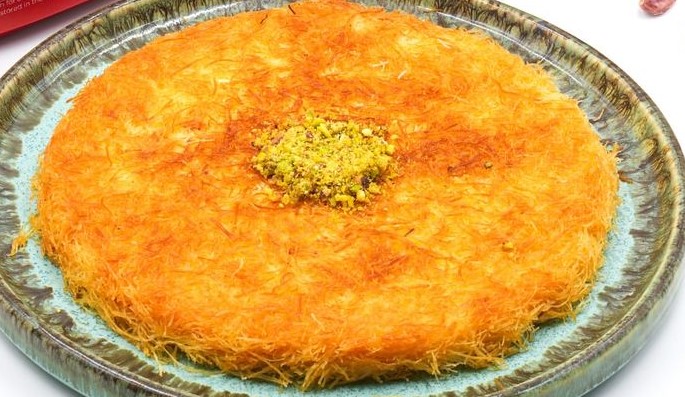
Kunafa is a dessert made with thin noodle-like pastry soaked in sugar syrup, layered with cheese or cream. It’s baked until the top is golden and crisp. The contrast between the crunchy pastry and the creamy filling is delightful. Preparing kunafa involves layering the pastry evenly and ensuring the cheese is melted. After baking, it’s soaked in syrup for sweetness. Serve warm, garnished with pistachios. Kunafa is enjoyed throughout the Middle East, particularly during occasions. This dessert is enjoyed with any meal, offering a taste of Middle Eastern sweetness.
12. Mujadara
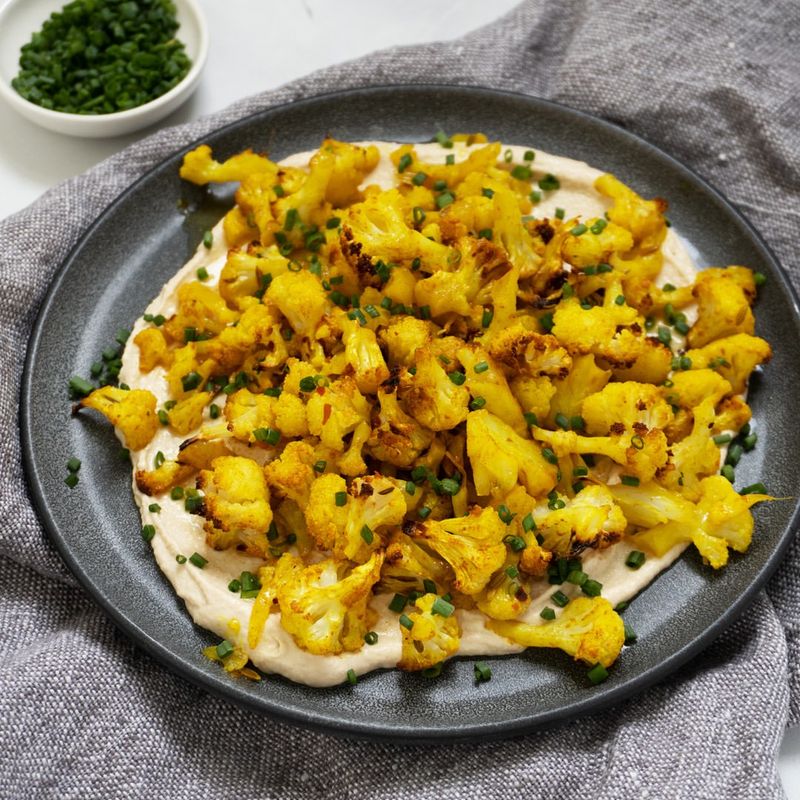
Mujadara is a wholesome dish that combines lentils and rice, topped with caramelized onions. It’s seasoned with spices like cumin and coriander. The caramelized onions add a sweet and savory aspect, elevating the dish’s simplicity. Cooking mujadara involves simmering the lentils until tender, then mixing them with rice and spices. Allow the onions to caramelize slowly for the best flavor. Serve mujadara with a side of yogurt or salad for a balanced meal. This dish is a staple in many Middle Eastern households, offering comfort and nourishment with every bite.
13. Biryani
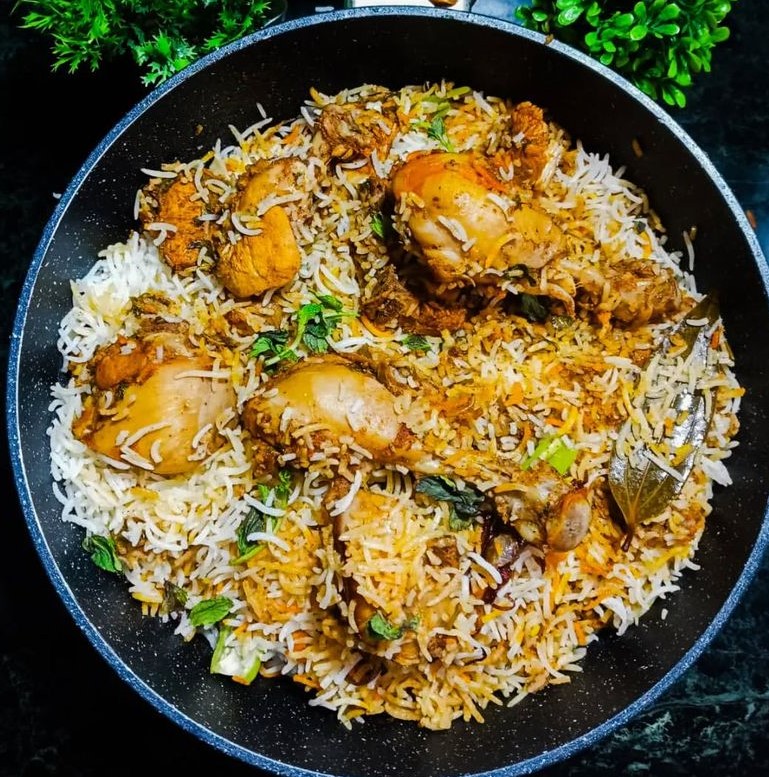
Biryani, although originating from the Indian subcontinent, has found a beloved place in Middle Eastern cuisine. It features spiced rice with layers of marinated meat, often chicken or lamb. The dish is known for its aromatic spices like saffron, cardamom, and cloves. Cooking biryani involves layering rice and meat, allowing the flavors to meld. A tip is to use basmati rice for its fragrance and texture. Serve biryani with a side of raita or salad for a complete meal. This dish embodies a blend of cultures, offering a rich and flavorful dining experience.
14. Qatayef
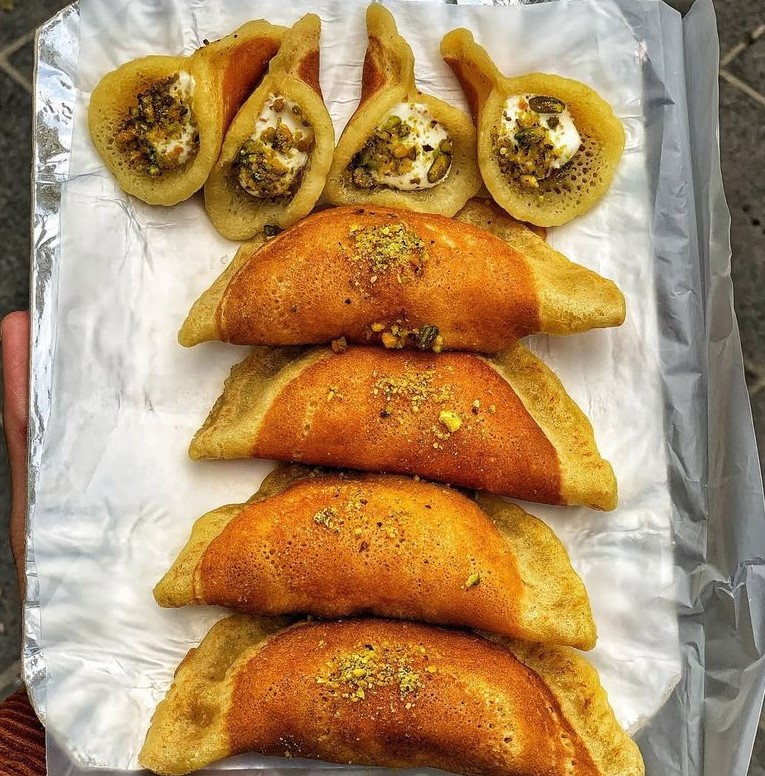
Qatayef is a traditional Middle Eastern pastry often enjoyed during Ramadan. These pancakes are stuffed with sweet fillings like nuts, cream, or cheese, then fried or baked. The batter is cooked on one side, leaving the other sticky to seal the filling. Making qatayef involves preparing the batter to the right consistency and choosing your favorite filling. After cooking, they’re sealed and fried until golden. Serve qatayef with a drizzle of syrup and a sprinkle of nuts. This dessert is a delightful treat that brings people together, offering a sweet topping to meals.
